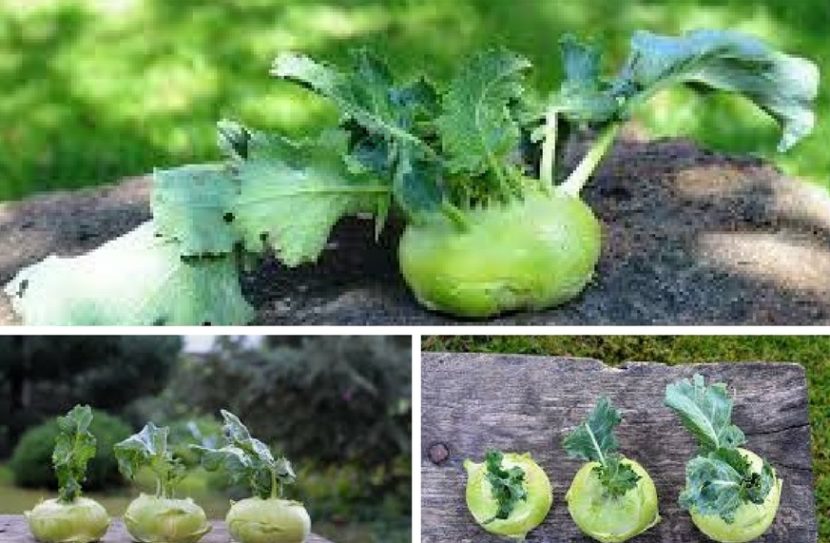Brassica napus
Cultivation
It is easy to grow. Usually it is sown directly to the regular spot or planted as seedlings. Grow it as the subsequent crop or a very early vegetable. It germinates successfully at 5 °C (41 °F). In summer, set shades for seedlings and water them.
Distance between plants
At least 40 cm (15 in) between rows and at least 20 cm (8 in) between plants in a row.
Location
Sunny.
Amount
Approx. five plants per person.
Time of planting
March-April, end of June-beginning of August. It germinates in 10 days.
Fertilization
Grow in the second field. It doesn’t need a lot of nitrogen, but you can use mineral fertilizers with more potassium, comfrey brew or mulch. Keep the soil soft.
Watering
It doesn’t need watering, except when planted in hot weather and when transplanted. If there are big differences in moisture, their roots tend to burst.
Rutabaga’s good neighbors
Peas, chamomile, cumin.
Rutabaga’s bad neighbors
Don’t plant legumes near (except for peas).
Diseases and pests
Flea beetles, butterflies caterpillars, lice.
Rutabaga’s storage
Pick when the roots reach 15-20 cm. Cut the leaves and store the roots. They last long in sand in the basement.
Food
Use the swollen root. It has similar amount of vitamins and minerals as other brassica vegetables, plus carbohydrates.
Important
It is sensible to the length of the day – in long days its roots don’t get thick. It needs soft soil with good drainage.
Miscellaneous
It is not to be confused with kohlrabi (German turnip), as rutabaga is also called Swedish turnip, swede or yellow turnip.

